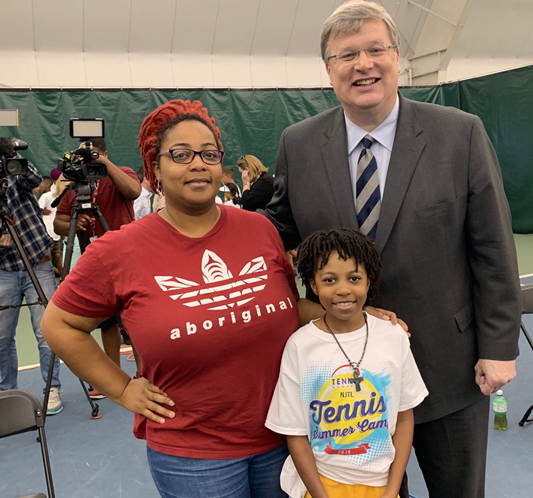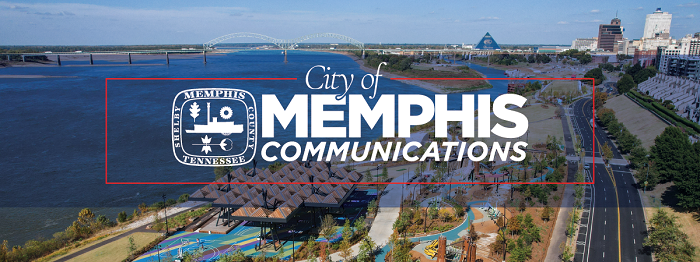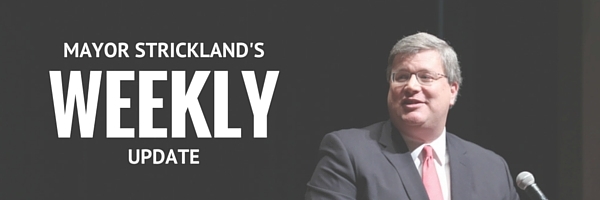Weekly Update: Our work to rebuild MPD
Memphis sent this bulletin at 08/09/2019 01:15 PM CDTFriends,
When we took office on Jan. 1, 2016, we inherited a broken and ineffective system for recruiting police officers. Recruiting had been dramatically scaled back beginning in 2011. And in 2014, not a single officer was hired.
So we went to work.
We hired the right people, modernized the process, and listened to our current officers to know how best to proceed. We improved our benefits and pay — it has increased by 9.75 to 11.75 percent since Jan. 1, 2016 — and sought a nationally unprecedented $6.1 million grant for retention bonuses.
And, less than six months into our time in office, we launched a massive new police recruiting campaign — the Best in Blue. Once we did that and improved our surrounding structure, applications skyrocketed. Yes, the process to become an officer is long and arduous — with a nearly six-month academy and months of background and psychological testing before that — but high standards are important. In early 2017, the first recruit class that was the product of that campaign started at the academy, and these new officers joined the force in mid-2017.
On the day before the first Best in Blue class graduated, we hit a modern low of 1,909 officers — the fruit of what I described in the first paragraph of this email. But when our new officers walked across the stage that night, thanks to the actions we implemented months earlier, they started a trend that has seen our staffing on an upswing ever since.
We are currently at 2,066 officers, and are on track to be at 2,100 by the end of this year. Since Jan. 1, 2016, we have hired about 450 new police officers — with more to come, as two classes are currently training at the academy.
Rebuilding MPD is just one of the components of our strategy for long-term crime reduction. Overhauling the system to recruit better has been a herculean task — perhaps the most time-consuming of my tenure as your mayor. But it’s important. For long-term crime reduction to take place, we must have a fully staffed police department. Thanks to the hard work of so many, we are on track.
We’ve continually explained that process in this Friday space (like here, here, here, here, here, here, here, here, here, here, here, and here). But it’s important that you understand how this works, and that you know our work is yielding real results.
The impact of Tennis Memphis: By now you've probably heard that we're partnering with the University of Memphis on a complete transformation of Leftwich Tennis Center. I'm excited about the asset it will become for the Tigers, for the public, and for the great work of Tennis Memphis.
Nine-year-old Kerrigan Cannon, pictured below with her mother, is a great example of how Tennis Memphis positively impacts young people in our city. At Monday's announcement, she told us just how much the Tennis Memphis National Junior Tennis & Learning program gave her a positive outlet.

"It has become a safe place for me to relax and have fun," she said. "This is something I will personally remember 50 years from now and something I would like the community to know about 50 years from now. I want children like me to know that NJTL is a safe place where they can go."
Thank you, Kerrigan. With a bigger and better Leftwich, we'll make sure more Memphis kids have the same experience as you.
Yours,



